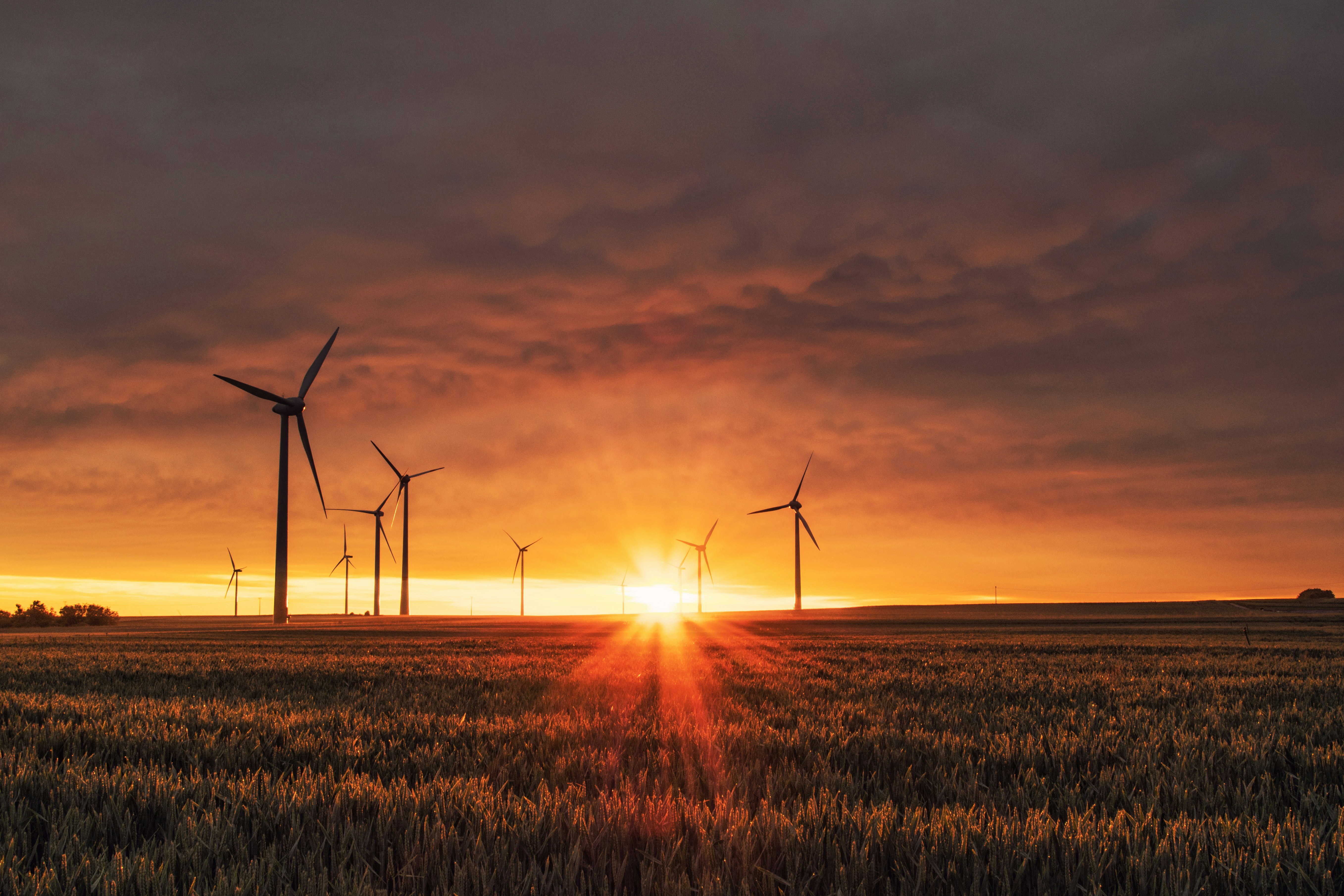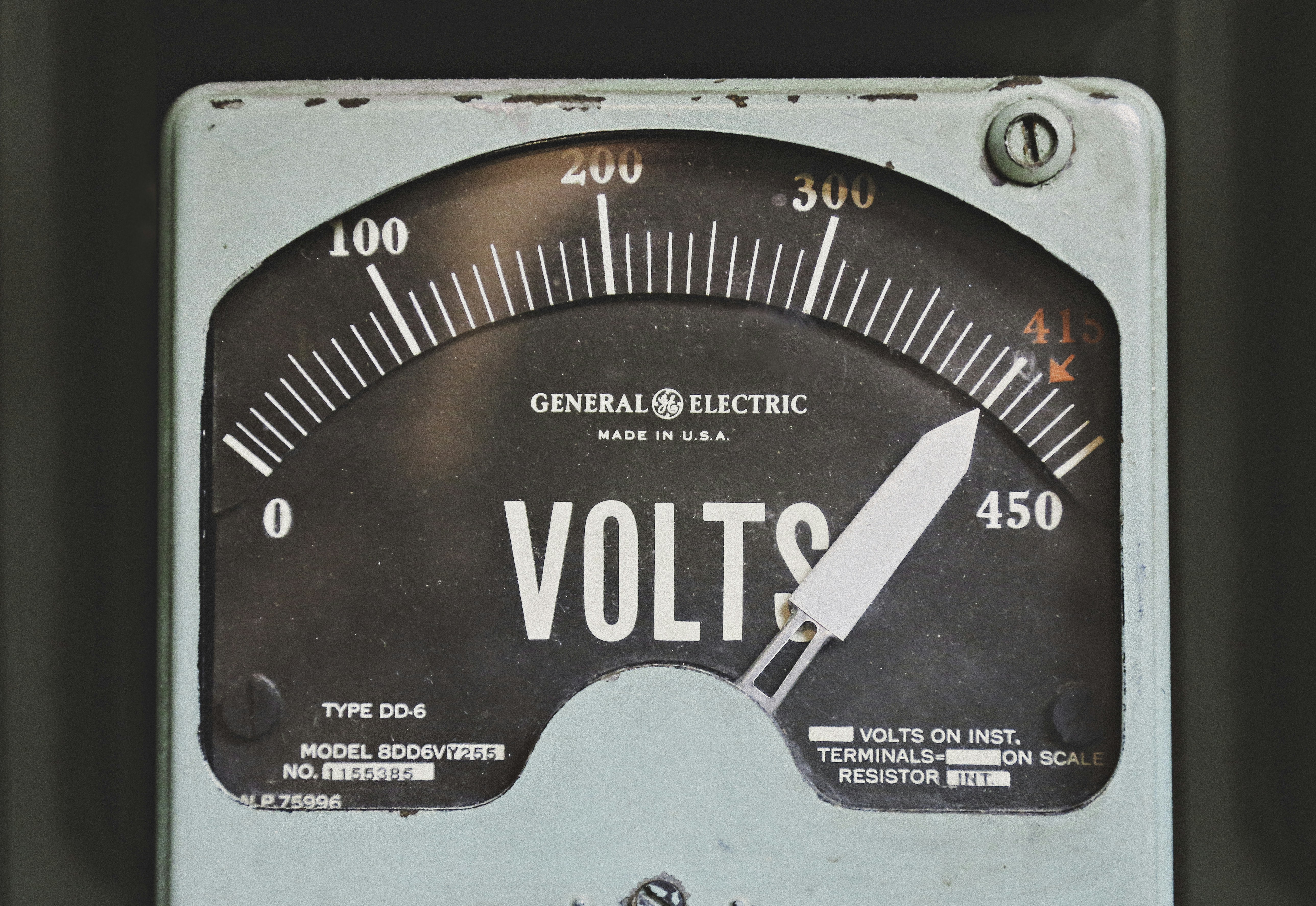If you’ve ever wondered about the power of peak shaving and its potential to help you save money, allow your curiosity to lead you towards this enlightening article. As the top-notch SEO copywriter, it’s my task to make this topic compelling and engaging for you, using clear, easy-to-understand American English, and factual elements only. “Demystifying Peak Shaving: The Key to Money Saving” is a clear cut look into the practical world of Peak Shaving, a concept that might well have a profound impact on your finances. Various techniques and strategies relating to Peak Shaving will be detailed, clarifying how it saves money and why it makes sense for you to adopt. This isn’t just another article- it’s your pathway to understanding an underrated money-saving hack.
Understanding the Concept of Peak Shaving
Definition of Peak Shaving
Peak shaving is a strategy employed by energy providers and consumers to reduce energy consumption during peak demand periods. It can be thought of as “smoothing” the demand curve by knocking off the protruding ‘peaks.’
The Basics of Peak Shaving
Peak shaving involves reducing the amount of energy consumed or generated during peak hours, thereby curbing the maximum demand on the energy grid. By managing peak demand and flattening the demand curve effectively, you can help maintain power stability and prevent blackouts.
Why Peak Shaving is Crucial in the Energy Sector
Peak shaving is important in the energy sector because it aids in the control of high energy costs incurred during peak hours. Notably, during peak demand periods, energy providers often switch to less efficient, more expensive sources of energy. By using peak shaving, the reliance on these costly and inefficient power sources is greatly diminished.
Mechanics of Peak Shaving
How Peak Shaving Works
Peak shaving works by using energy saved off-peak hours to supply power during periods of high demand. This could mean charging a battery during low-demand periods, for instance, and then using the stored energy during high-demand periods — thus ‘shaving’ the peak off the energy demand curve.
The Role of Energy Storage Systems
Energy storage systems play a significant role in peak shaving. They store surplus energy to release it during peak usage times, thereby balancing energy requirements, reducing peak load, and consequently saving costs.
Different Types of Peak Shaving
There are various approaches to peak shaving including energy storage, demand response, distributed generation, and load shifting. Each method has its pros and cons, and effective peak shaving often involves a combination of these.
Financial Implications of Peak Shaving
How Peak Shaving Saves Money
By reducing the usage of energy during peak times, peak shaving leads to significant cost savings. This is because energy prices are typically higher during peak demands due to strains on the power grid.
The Impact of Peak Shaving on Energy Costs
Peak shaving can help lower energy costs by eliminating or significantly reducing high-demand charges. It also allows you to avoid the costs of supplemental energy sources, which are often expensive and inefficient.
Return on Investment for Peak Shaving Systems
Investing in peak shaving technologies or strategies can yield substantial returns in the long run. Although upfront installation costs may be high, the subsequent savings in energy costs and increased efficiency contribute to a sound return on investment.
Technologies Involved in Peak Shaving
Energy Storage Technologies
Energy storage technologies, such as batteries or thermal storage systems, are key enablers of peak shaving. They store energy during low demand periods and release it during peak periods, increasing energy efficiency.
Advanced Metering Infrastructure
Advanced metering infrastructure (AMI) plays a significant role in peak shaving by providing real-time energy usage data, enabling better management of energy demand.
Demand Response Systems
Demand response systems help manage peak shaving by signaling users when demand is high, which encourages energy conservation during those periods.
Peak Shaving Strategies
Load Shifting
Load shifting involves moving energy consumption from periods of high-demand to low-demand, effectively shaving the peak and saving on energy costs.
Onsite Generation
Onsite power generation, such as solar or wind energy, can also help in peak shaving by independently generating power during peak periods and reducing load on the grid.
Battery Energy Storage
Battery energy storage systems store surplus energy during low demand periods, which can then be used during peak usage times, contributing to peaks shaving.
Benefits of Peak Shaving
Reduced Energy Costs
One of the most significant benefits of peak shaving is the potential cost savings. By shaving the peaks off your energy usage, you can avoid the higher costs associated with peak period energy charge.
Improved Power Quality
Peak shaving helps to enhance the stability of the power grid and reduce the chances of power outages, thereby improving power quality.
Increased Energy Efficiency
By harnessing stored or onsite power during high-demand periods, peak shaving enhances energy efficiency, thus contributing to environmental sustainability.
Challenges and Limitations of Peak Shaving
Technical Constraints
Some challenges with peak shaving include technical issues, such as the difficulty of storing renewable energy or the limitations of current battery technologies.
Economic Barriers
Despite the financial benefits, the initial cost of installing peak shaving technology can be a significant barrier. However, the long-term savings typically offset these initial costs.
Regulatory Considerations
Regulatory obstacles such as policies, tariffs, and incentives can affect the adoption and implementation of peak shaving strategies at the user or provider level.
Case Studies on Peak Shaving
Successful Implementations of Peak Shaving
Several case studies illustrate the benefits of peak shaving. For instance, many companies have successfully implemented energy storage systems and demand response strategies, achieving significant energy and cost efficiencies.
Lessons Learned from Past Experiences
Past experiences reveal that careful planning and management are crucial to successfully implement any peak shaving strategy. Also, integrating multiple peak shaving methods can optimize benefits.
Future Opportunities in Peak Shaving
The rapid advancement in energy storage and metering technologies promises vast future opportunities for peak shaving, which will further enhance its benefits.
The Future of Peak Shaving
Emerging Trends in Peak Shaving
With advancements in technology, emerging trends such as virtual power plants and smart grids are set to revolutionize peak shaving strategies, allowing for more precise and efficient management of energy demand patterns.
The Role of Artificial Intelligence and Machine Learning
Artificial Intelligence (AI) and Machine Learning (ML) are expected to play an increasingly significant role in peak shaving. They can help analyze vast sets of data to predict and manage peak demand more accurately and effectively.
Impact of Renewable Energy on Peak Shaving
With growing emphasis on sustainability, the use of renewable energy sources for peak shaving is set to increase. Harnessing solar or wind power for peak shaving not only saves on energy costs but is also more environmentally friendly.
Conclusion: Peak Shaving as a Key to Money Saving
Summary of Key Points
Peak shaving is an effective strategy to reduce energy costs, improve power stability, and enhance energy efficiency. While there are challenges, their potential effectiveness is significant and can greatly benefit users and energy providers alike.
Real-world Implications of Peak Shaving
In the real world, adopting peak shaving approaches can result not only in financial savings but also in better energy management, ultimately leading to a more sustainable future.
Final Thoughts on Peak Shaving’s Potential
As technology progresses and renewable energy becomes more prevalent, the potential for peak shaving is enormous. Being informed and proactive in this area can lead to considerable benefits, both for individual consumers and the wider community. In essence, peak shaving truly stands as a key to money saving.


